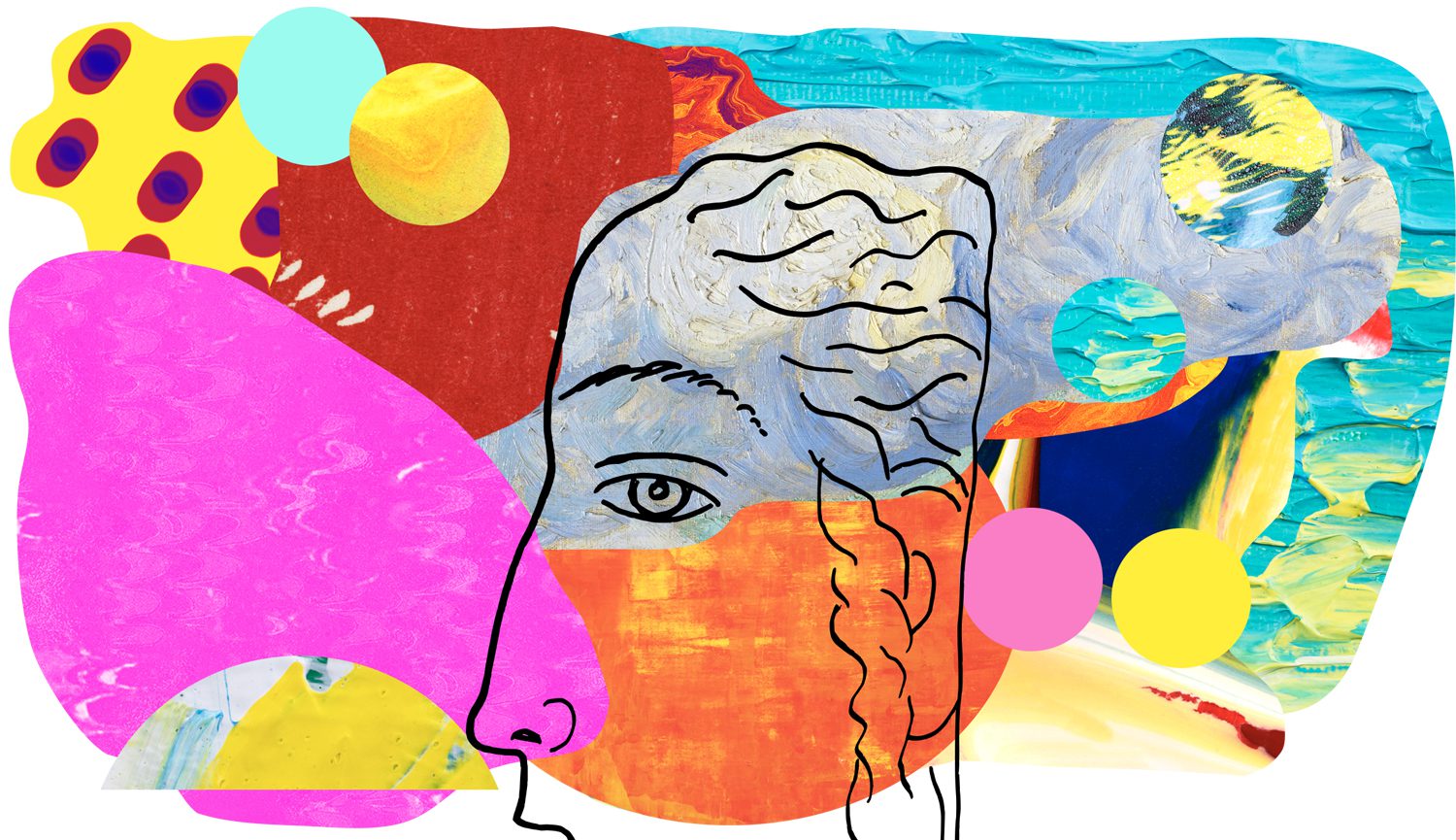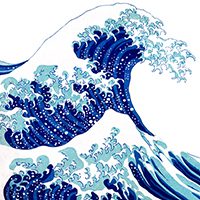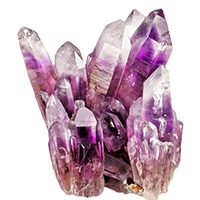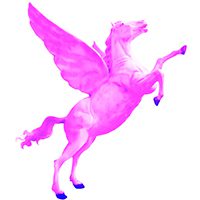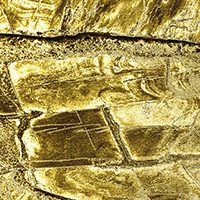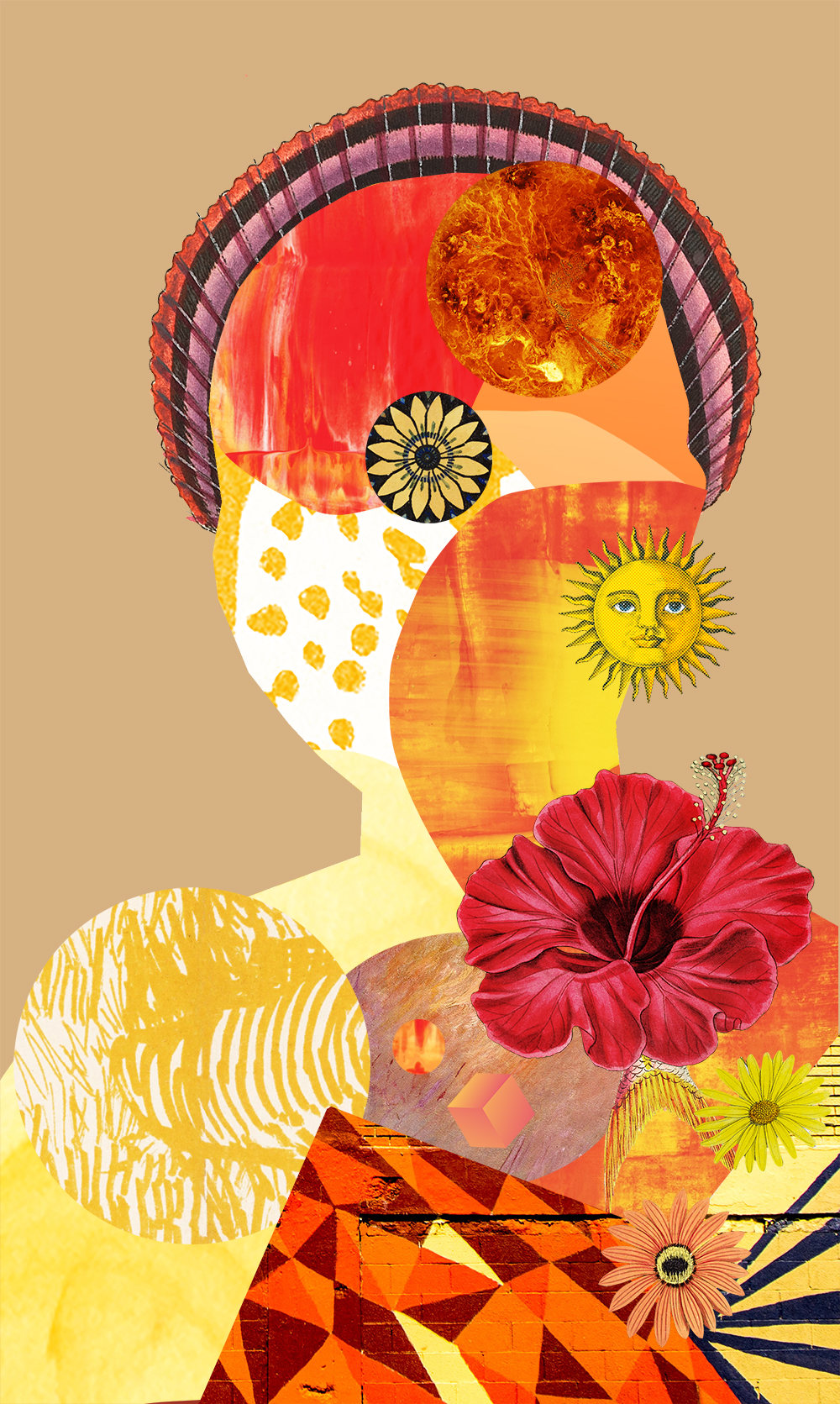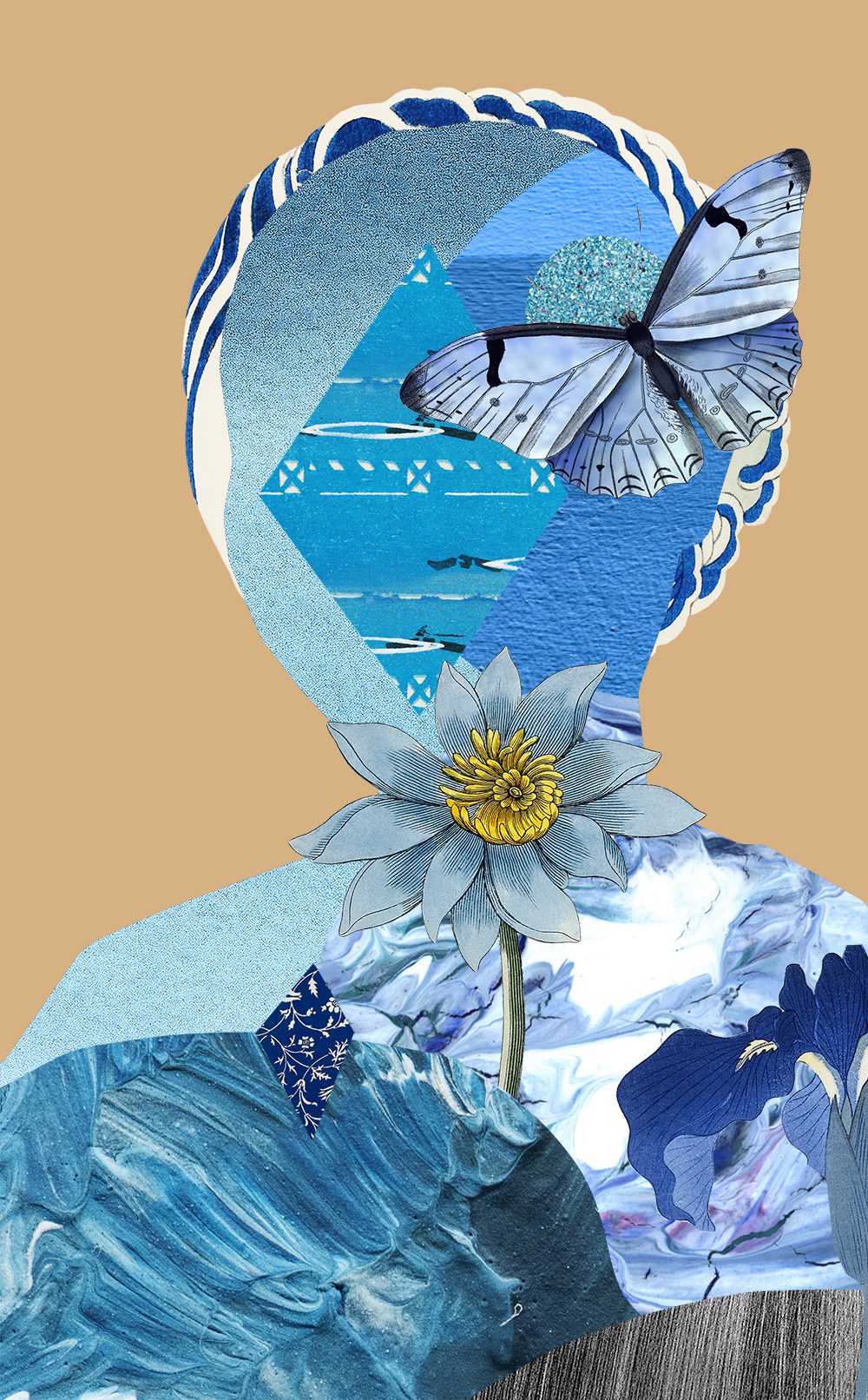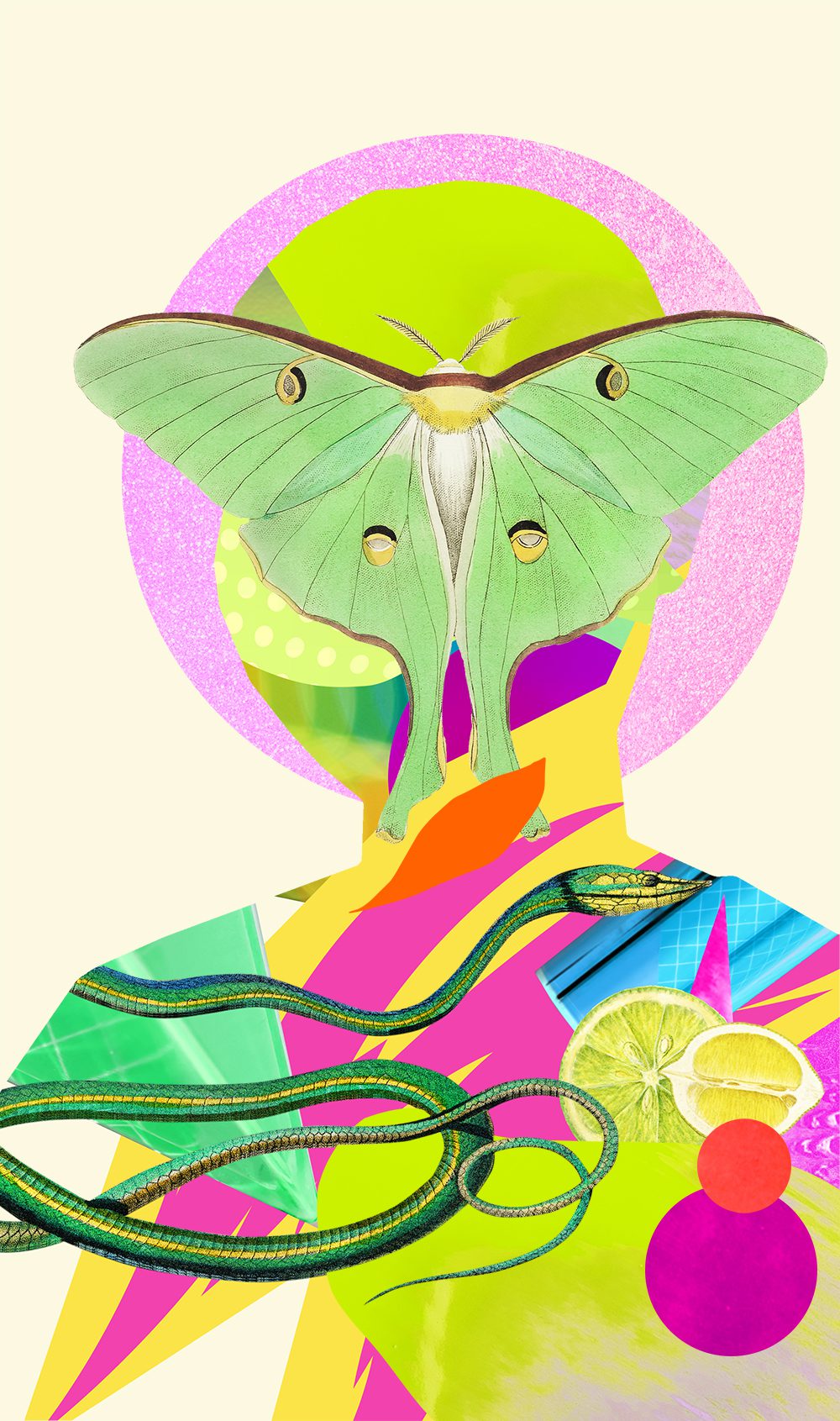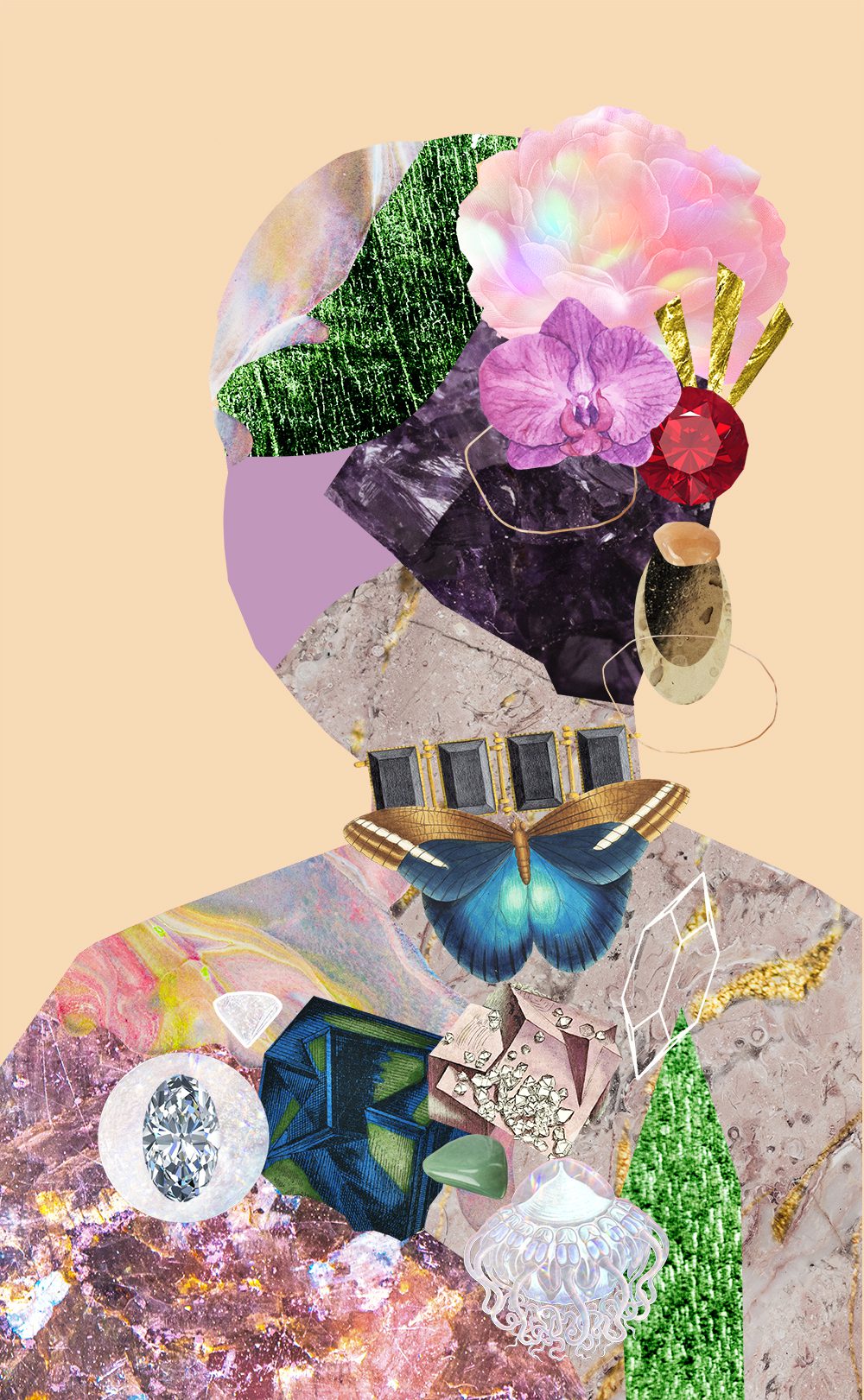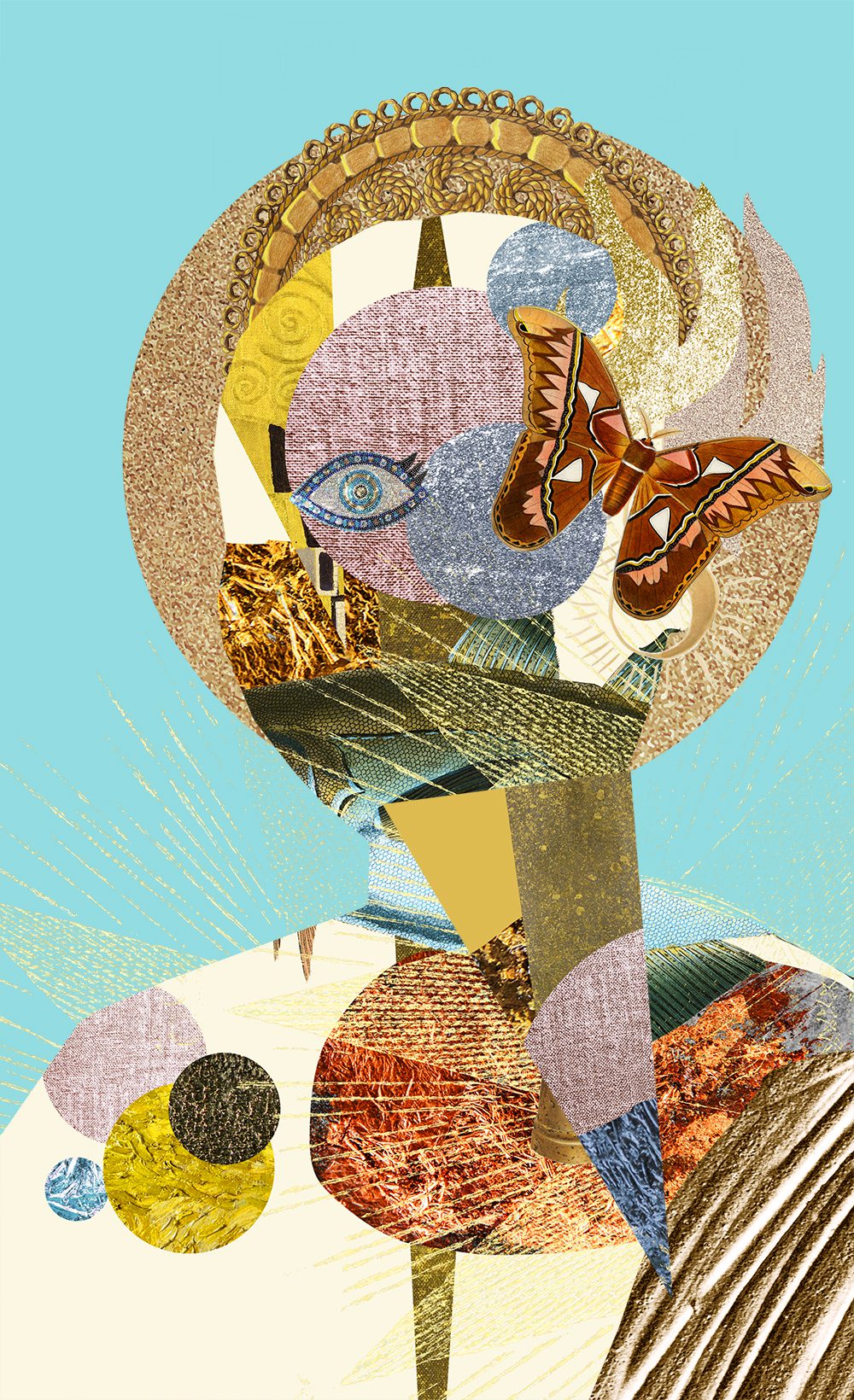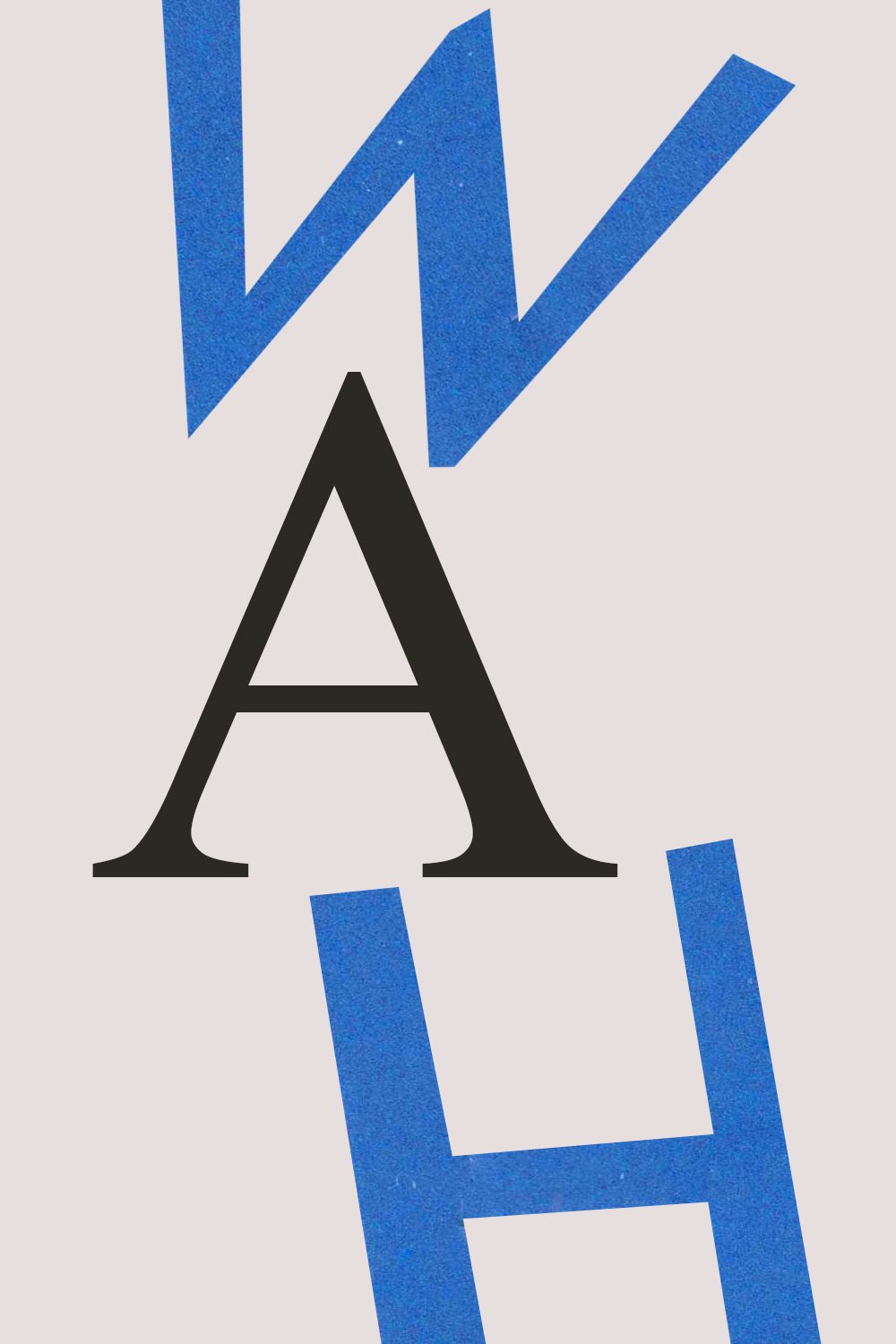
Western Art History – Minoan art
Let’s consider the idea that no artwork lives in a void and that knowing what came before can lead to innovation by adding upon or breaking away and in the process allow us to pay our respects to those paths forged before us.
Wiki is my friend for this series and the roadmap for the series is via this linear progression.
Today we’re exploring Minoan Art and you can track back the rest of the series here!
The Minoans, located in present-day Crete were an advanced European Bronze Age civilization. British archeologist Sir Arthur Evans made the discovery in the early 1900s and named the Minoans after the legendary Greek king, Minos. Since wood and textiles have decomposed, the best-preserved examples of Minoan art are its pottery, small sculptures, jewelry, metal vessels, seals, and palace architecture that included painted frescos and some of the earliest pure landscapes.
Minoan art provides insight into the religious, communal, and funeral practices of one of the earliest cultures of the ancient Mediterranean. As a seafaring culture, the Minoan economy benefited from a network of trade that occured around much of the Mediterranean, including Greece, Cyprus, Syria, Anatolia, Egypt, Mesopotamia, and the Iberian peninsula. The culture traded in items such as pottery, saffron, wool, oil, and wine in return for precious objects and materials like copper from Cyprus and ivory from Egypt. Outside cultural influences can be seen within Minoan art and it was through trade that Minoan artists were exposed to new ideas and materials (source 1/2/3).

Minoan Master of Animals jewelry (source)

Marine Style vase from Palaikastro (source)
What made Minoan Art unique?
In comparison with the art of other ancient cultures, there was a high proportion of female figures. Most human figures were portrayed in profile or similar to the Egyptian convention with the head and legs in profile, and the torso seen frontally, but the Minoan figures exaggerated features such as slim male waists and large female breasts. Overall Minoan figures were vivid and less accurate (some animal species impossible to identify) and they had a great sense of life and movement.
The Minoans were one of the earliest cultures to paint natural landscapes without any humans present in the scene. Lilies, irises, crocuses, roses, ivy, and reeds became subject matter and showed their admiration for nature. Animals such as monkeys, birds, dolphins, and fish were often depicted in their natural habitat.
Source 1/2

Procession fresco from Knossos (source)
2-d ART
Most Minoan paintings take the form of frescoes – mural painting onto plaster. The frescos normally used flat colour (pure colours with no shading, blending or attempt to represent 3-d form) with large areas of plain colour used as the background. A high probability that most of the Minoan population rarely saw frescos, as they were painted on interior spaces of buildings controlled by the elite.
Frescoes decorated the walls, ceilings, wooden beams, sometimes floors of the palace complexes and on occasion into corners going beyond conventional boundaries. At first, the frescoes depicted abstract shapes and geometric designs, and then, later, all manner of subjects that ranged in scale from miniature to larger-than-life. Scenes of rituals, processions, festivals, ceremonies, and bull sports were most popular and would surround the viewer often with decorative borders.
As a side note, there is a healthy scepticism by current specialists of the first restoration work undertaken by Swiss artist Emile Gilliéron and his son, Emile, the chief fresco restorers at Knossos palace (the ceremonial and political centre of the Minoan civilization). In one case a figure of a monkey was turned into a boy during the restoration process.

A detail of the dolphin fresco, the Minoan palace of Knossos, Crete, (1700-1450 BCE) (source)
3-d ART
Minoan large stone sculptures are rare, in contrast to the mainland cultures, and later Ancient Greek art, partly explained by the lack of suitable stone within Minoan culture.
Small ceramic sculptures were very common, mostly in terracotta, but also in the heated crushed quartz material known as Egyptian faience. Basic terracotta figures were often hand-formed and unpainted, but others were made on the wheel and decorated. Vast numbers, of both human and animal figures, were made as votive offerings.
Other small sculptures (many in relief) are created using ivory and tooth from various animals, bone, and seashell. Wood has very rarely survived, but was no doubt very common (source).

Bronze figurines of bulls, Crete (source)
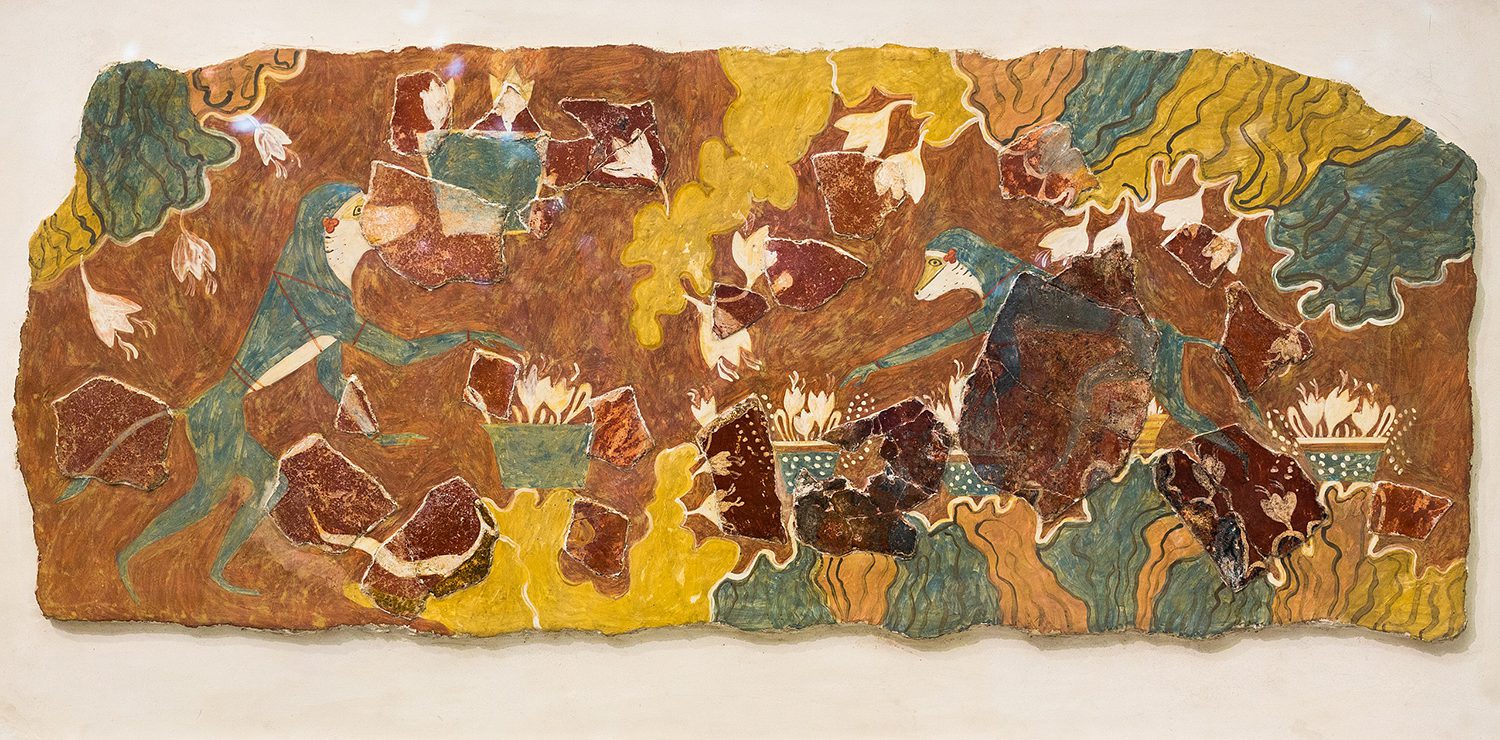
Wall painting of the Saffron Gatherer from Knossos, 1700-1450 BC (source)
black (shale)
white (slaked lime)
red (hematite)
yellow (ochre)
blue copper silicate)
green (yellow and blue mixed together)
(source)

Bull relief fresco From Knossos palace, Neopalatial period (1600 – 1450 BCE ) (source)
Bull’s heads and bull-leaping appeared in paintings and sculptures and are thought to have had a religious significance alongside portraying strength and fertility.
The island at the watery intersection of Asia, Europe, and Africa, included snow-covered mountain tops, lush agricultural plains, sandy beaches, and dramatic gorges. Crete is exceptional for its natural richness and variety which leads way to the Minoan Art subject matter, with a reverence for nature and a presence of a goddess of nature.

Bull head rhyton, pottery, Crete (source)
I hope you’ve enjoyed this journey into Minoan Art!
–
Want to see what else I do? Come peek over on my insta or grab a freebie when you sign up to my newsletter below 🙂 🙂

